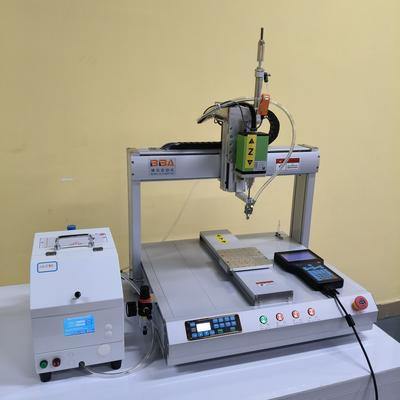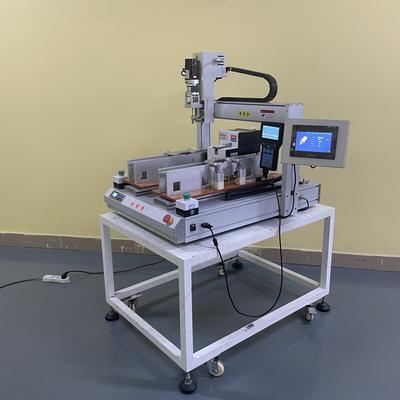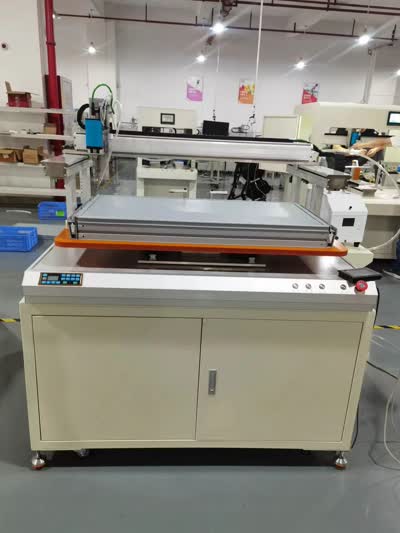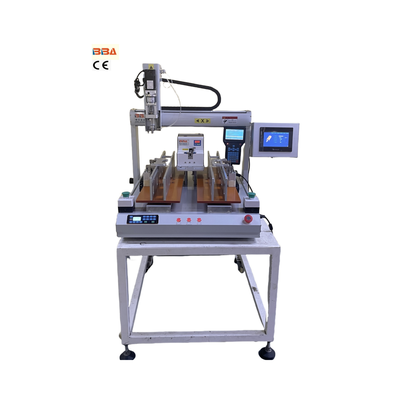Automatic vs Semi-Automatic Screw Locking Machines Comparison Guide
| Product Name | Applicable industries |
| Desktop Screwdriver Robot | Home Appliance Production |

Comparing Automatic and Semi-Automatic Screw Locking Machines
In the world of industrial automation, screw locking machines are indispensable tools for assembly lines across various sectors, including electronics, automotive, and consumer goods manufacturing. These machines enhance precision, reduce labor costs, and improve overall production efficiency. When considering automation for screw driving applications, manufacturers often face a choice between automatic and semi-automatic screw locking machines. Understanding the differences between these two types is crucial for selecting the right solution to meet specific production needs.
Semi-automatic screw locking machines require some level of human intervention. Typically, an operator positions the product or component, and the machine assists in driving the screw with consistent torque and speed. These systems are often mounted on benchtops or as handheld units, offering flexibility for low to medium volume production. They are generally more affordable upfront and easier to integrate into existing workflows without major modifications. However, since they rely on manual placement, their throughput is limited by operator speed and consistency, which can lead to variability in cycle times.
Fully automatic screw locking machines, on the other hand, are designed for high-volume, continuous production with minimal human involvement. These systems are often integrated into robotic arms or conveyor-based assembly lines. They automatically feed, position, and drive screws with high precision and repeatability. Equipped with advanced sensors and vision systems, they can detect misalignments, cross-threading, or missing screws, ensuring exceptional quality control. The initial investment is higher, but the long-term benefits include significantly increased output, reduced labor costs, and enhanced consistency, making them ideal for large-scale manufacturing environments.
The key distinction lies in the level of automation and integration. Semi-automatic machines offer a balanced approach for businesses seeking to improve accuracy without fully committing to an automated line. They are excellent for applications with frequent product changeovers or mixed production runs. Automatic machines excel in dedicated, high-speed environments where maximizing throughput and minimizing operational costs are priorities. Their ability to operate continuously with minimal oversight makes them a cornerstone of modern smart factories.
Choosing between automatic and semi-automatic screw locking machines depends on several factors: production volume, budget, available floor space, and the desired return on investment. Manufacturers should also consider future scalability and the potential for integrating additional automation technologies. Both types of machines play vital roles in optimizing assembly processes, and the right choice will align with specific operational goals and requirements.
As technology continues to advance, the capabilities of both automatic and semi-automatic screw locking systems are evolving. Features such as IoT connectivity, real-time data monitoring, and adaptive torque control are becoming standard, offering greater control and efficiency. Regardless of the choice, investing in the appropriate screw locking technology is a strategic step toward enhancing productivity, ensuring quality, and maintaining competitiveness in the industrial landscape.


